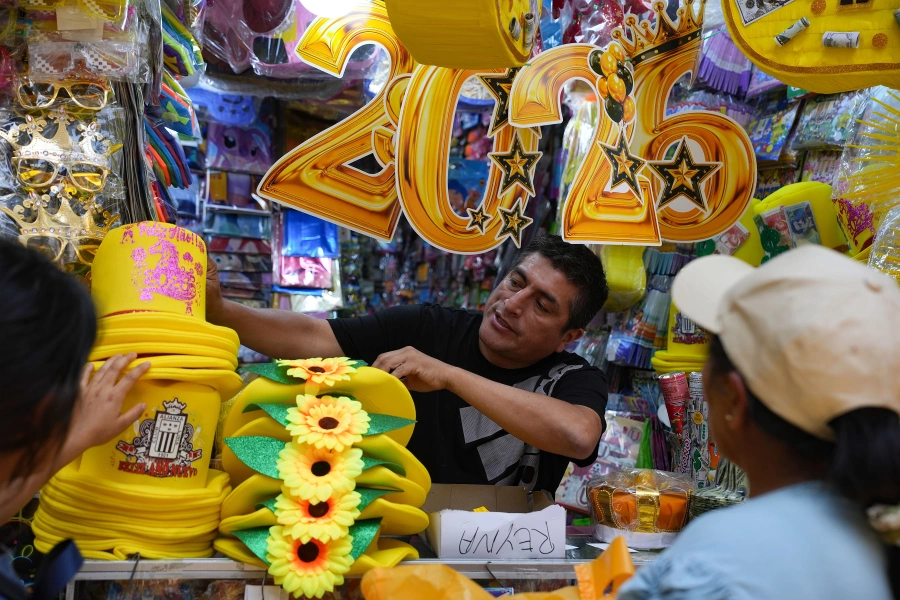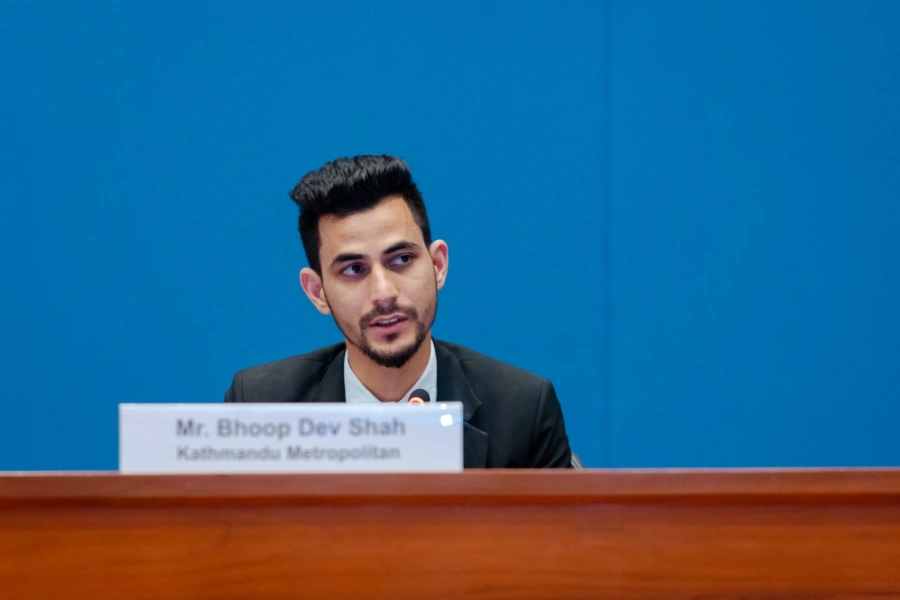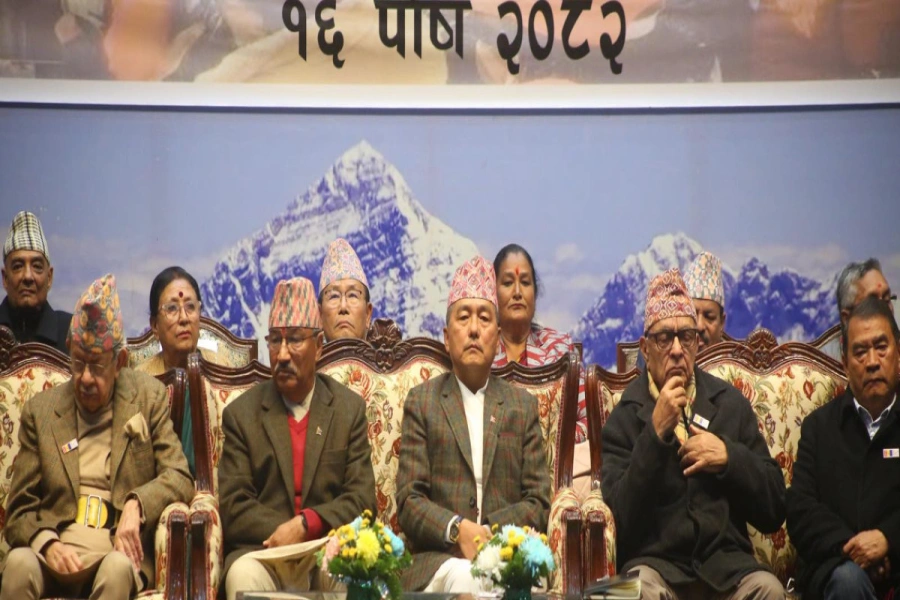After an agreement between Nepali Congress and CPN-UML on constitution amendment, four months ago, there has been no further formal announcement from the government. This has delayed the proposed constitutional amendment process, raising suspicions about the intent of the government and the two parties. The general public wonders whether the 'talk' of constitutional amendments will be limited to the signing of the agreement or the announcement will be followed by concrete actions leading to amendment.The general public seems to be sitting on the fence: while they appear to second the motion of constitutional amendment on one hand, but take a critical view, on the other. They doubt that the bigger political parties have a proper vision of the direction for transformative change in the country. The public is apprehensive that the two parties may end up repeating the cycle of dirty power play, driving the nation towards further uncertainty. That would be a great setback for the country, and a massive blow to the general public.
Such opinions of the people cannot be completely ignored as the political parties in Nepal have more or less similar backgrounds of suddenly changing the political courses by forming a government with a new party. Moreover, the previous constitution making process, which was full of controversy, has also somehow corroborated the people's skepticism. They blame political parties for not having proper deliberations with them during the constitution making process, and accuse that the constituent assembly was not free from "external influence"with regard to many important provisions enshrined in the constitution. The interest of the southern neighbor to incorporate its concerns in the constitution and its rejection by the Nepalese political parties has been also subject of controversy in Nepal. The Second Constituent Assembly, which later converted into the Legislature Parliament as a unicameral legislature also came under questioning even as it promulgated the Constitution of Nepal converting a centuries-old kingdom into a federal democratic republic.
Even after the promulgation of the constitution, it could not become an acceptable document to all. Immediately after its promulgation, some parts of the Terai region started agitations, by opposing the delineation of the provinces placing many districts of Terai into other than Madhesh province. The agitating groups also burnt the constitution with violent demonstrations in Kathmandu and elsewhere. Dozens of people were killed in violent clashes with the security forces. The people of the hill districts of Nepal, including the Kathmandu Valley, welcomed the new constitution with celebrations, lighting and firecrackers. Despite some controversies, there have been some positive contributions of the constitution, such as proportional representation, inclusion, federal republic, press freedom, independent judiciary, people’s sovereign rights, and multiparty democracy. However, these changes have been overshadowed by the inefficiency in achieving the goals of political stability and economic prosperity. There have been no substantial reforms in feudalism, discrimination, exploitation, centralization and individual liberties, even after changes in the political system. The major accomplishment after the promulgation of the constitution has been the breeding of an identity based society, a boom in the 'political industry' and penetration of both regional and global geopolitical powers into the country. Above all, the greatest achievement has been the mysterious changes in coalition partners by monopolizing the position of prime ministers by top leaders of three political parties.
Constitution Amendment Bill (2nd amendment)-2073 being tabled i...

With all these ups and downs, the two bigger political parties have, somehow, realized that the constitution is not performing well in accomplishing its objectives and some provisions need to be amended. Based on informal understanding of two bigger political parties and expressions of their leaders, they have focused more on the modification of the electoral system, especially the proportional representation and raising the threshold bar for being validated as a national political party.
The smaller political parties have also an interest in the amendment of the constitution but for a different set of reasons. They have already started discussions and deliberations on their stance with regard to the amendment of the constitution. In total, their interests seem to be in favor of reforms in the judicial system. Some even want a return to a Hindu kingdom. The people also seem to favor a directly elected executive head, restructuring of the provinces and proportional representation, among many. Many more ideas will come up in public debate just as the real exercise leading to constitutional amendment begins.
During the 73-year history of constitutional development in Nepal, the country promulgated seven constitutions. Almost all constitutions were not free from controversies. All constitutions have in a way failed to ensure political stability and economic prosperity of Nepal. The first constitution was declared on 26 January 1948 by the Rana Prime Minister Padma Shumsher. After the democratic revolution of 1951, another constitution was promulgated on 11 April 1951 by KingTribhuvan. Again, on 12 February 1959 the Constitution of the Kingdom of Nepal, 1959, was promulgated. A parliamentary election was held in 1959 and Nepali Congress led by its founding leader B.P. Koirala formed a two-thirds majority government. In 1961, King Mahendra overthrew the democratically elected government by introducing an absolute monarchy with a partylessPanchayat system by promulgating a new constitution on 16 December 1962 by the king.
In 1990, through the people’s movement, the Constitution of the Kingdom of Nepal 1990, lifted the ban on political parties, which brought monarchy under the constitution. However, on 1 February 2002 King Gyanendra took the reins of political power and suspended the parliament. Again in 2006, after the seven-party alliance protest movement, the Interim Constitution of Nepal was promulgated in 2007. King Gyanendra reinstated the House of Representatives and an agreement was reached for the monarchy to be abolished setting the stage for a federal republic. In 2008, the first constituent assembly elections were held, followed by the second constituent assembly elections in 2013, which promulgated the new constitution of Nepal in 2015 replacing the Interim Constitution of 2007.
Now, people in Nepal are waiting for the formal announcement of amendments to the Constitution of Nepal 2015. However, there have been no reliable and authentic statements from the government as well as from the two bigger political parties about the certainty of the amendment process. And the other smaller political parties are also not so confident that the amendment process would start soon in this situation of political uncertainty. They further argue that even if the government starts the constitution amendment process, bringing the required two-thirds majority together will be almost impossible. In such uncertain situations, the general public is somehow optimistic about the constitution amendment process and they are confident that this time, the political parties will provide them an opportunity to accommodate their valid concerns and suggestions in the amendment process. Previously, the political leadership in Nepal, through people’s movement or with strengths in the parliament, had a tendency to set up their own agenda of change in the constitution, where people were hardly permitted to contribute to the process.
The constitution amendment and review process is not only concerned with gains or losses for the political parties but is also interconnected with the soul of the nation.




































